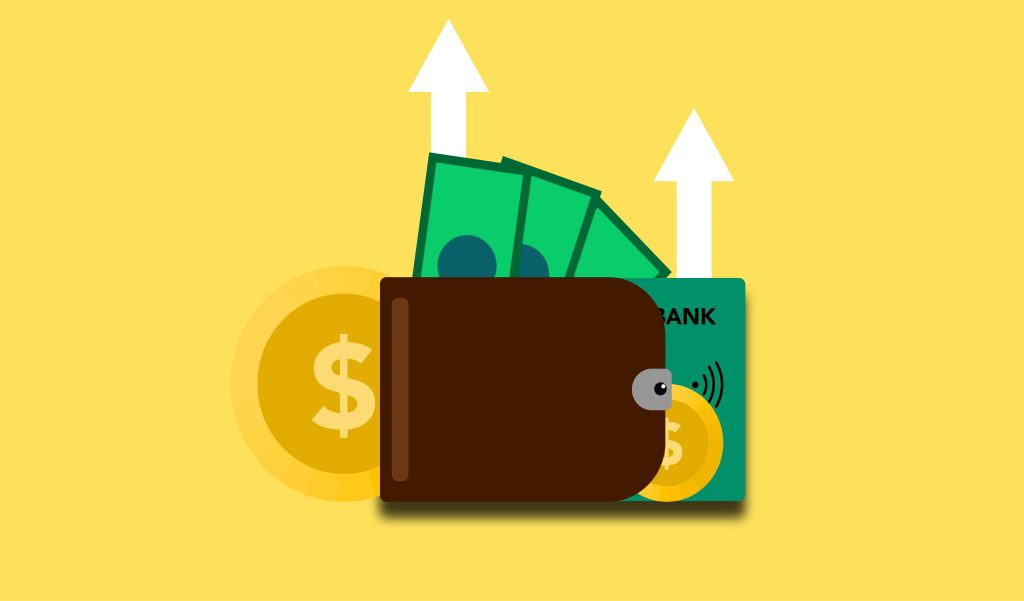
This article explores the concept of diversification in cryptocurrency investing, detailing strategies for diversifying a crypto portfolio, the benefits of diversification, and the associated risks. It provides actionable advice for both beginners and experienced investors looking to optimize their crypto holdings.







© FatFreeBody.com2024
Discount Applied Successfully!
Your savings have been added to the cart.
